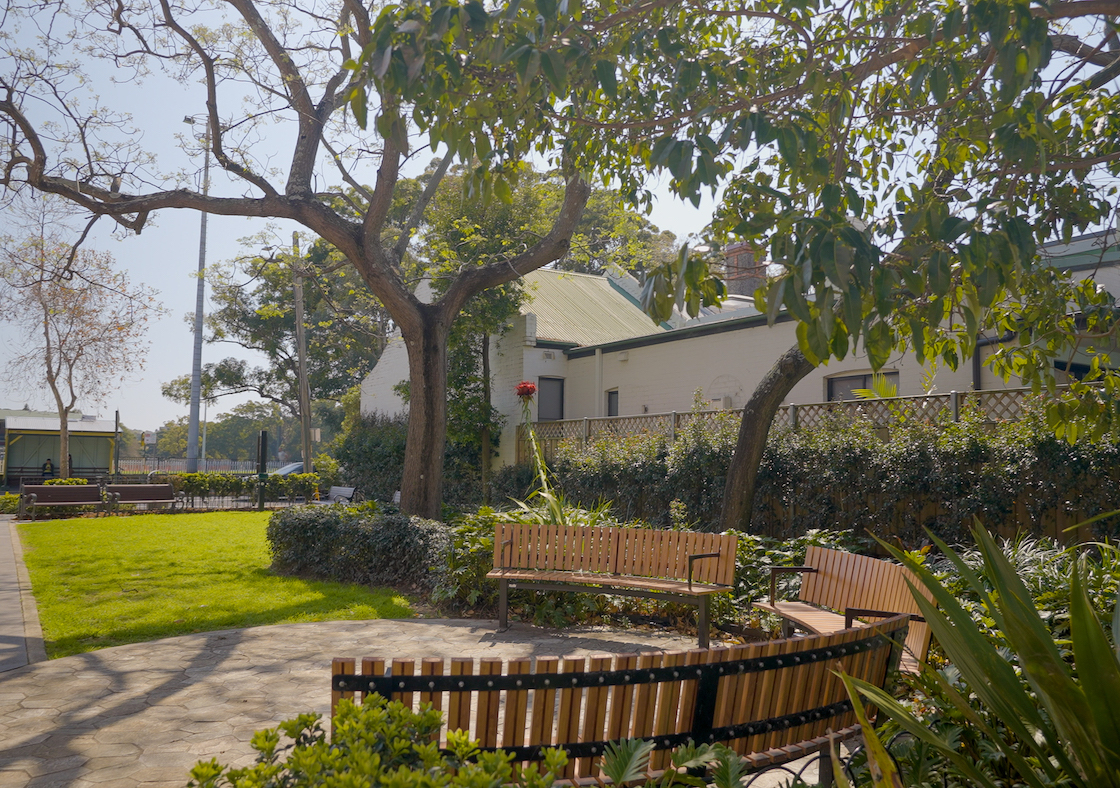Dr Mike Harris, Senior Lecturer in urban design and landscape architecture from the School of Built Environment at UNSW Arts, Design & Architecture, says despite their small stature, pocket parks dramatically enhance the quality of life for the communities around them.
"One of the issues from an urban liveability perspective is that with increasing population density, we need more public space," Dr Harris says, "These pocket parks are a terrific opportunity to answer that problem and to provide public space for the local community where previously there may not have been any."
Pocket parks often pop up in dense urban areas where space for larger public parks is both costly and limited.
"The city has big public gestures like Centennial Park, but it wasn't master planned to have many smaller parks in its subdivisions," says Ela Glogowska, architect and PhD candidate at the School of Built Environment researching the history of public space in Sydney.
Unlike one large-scale park, several smaller pocket parks can be inserted strategically throughout a neighbourhood to help increase accessibility and usage of public space.
My old house in Brisbane was in a place designed like this, and this part of it was great.
Every house was crammed together, zeroed garages etc, but they'd deliberately left plenty of old growth in place when they were planning/clearing and turned them into places for parks.
There were wide footpaths everywhere, and you travelled at most two small blocks till there was a park with benches, nice big trees and some room to spread out. Some had BBQs and play equipment for kids too. We were always walking everywhere.As well as looking great and being useful, the green areas felt like they kept the temperature down in the estate. This is compared to some other estates that went up about the same time, where no old trees were left and everything was cleared for just houses - they felt several degrees hotter.


